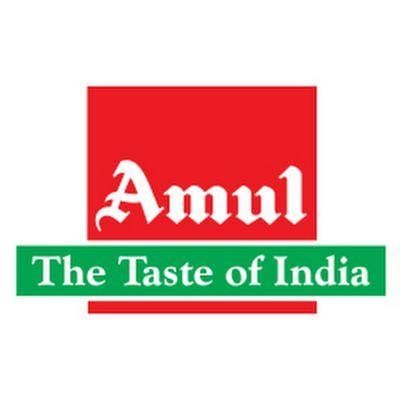India’s leading dairy supplier, the Gujarat Cooperative
Milk Marketing Federation (GCMMF) has raised the price of milk by Rs 2 per
litre in all markets across India. The new prices will be effective from March
1, 2022, and will be reflected on all varieties of milk across the country.
Also Read | Indian ministers may travel to Ukraine to coordinate evacuation: Sources
This is the second time this financial year that the
price of milk is being increased. In June 2021, GCMMF known by the brand name
‘Amul’ increased the price by Rs 2 per litre. In a statement on Monday, the
dairy cooperative said “The increase of Rs 2 per litre translates into 4%
increase in MRP which is much lower than average food inflation.”
Also Read | 6 flights evacuated 1396 Indians from Ukraine, situation complex: MEA
After the price rise, a 500ml packet of Amul Gold, which
is its full-cream milk, will cost Rs 30. Amul Taaza or the toned milk variety
will be sold at Rs 24 for half a litre and Amul Shakti for Rs 27.
Currently, the retail price of a one-litre pack of Amul
Gold is Rs 58 depending on the variety. Similarly, the Amul Taaza or toned milk
costs Rs 48 per litre.
Also Read | India’s GDP grows by 5.4% in third quarter, 8.9% growth estimated in 2021-22.
The cooperative said the price hike is being done due to
a rise in costs of energy, packaging, logistics, cattle feeding cost and an
overall increase in the cost of operation and production of milk. Considering
the rise in input costs, our member unions have also increased farmers’ prices
in the range of Rs 35 to Rs 40 per kg fat which is more than 5% over the
previous year.
Also Read | Ukraine crisis: A look at India’s revised COVID guidelines for evacuees
In the last two years, Amul hiked prices of the fresh
milk category by only 4% per year, the federation said.
“Amul as a policy passes on almost 80 paise of every
rupee paid by consumers for milk and milk products to the milk producers. The
price revision shall help in sustaining remunerative milk prices to our milk
producers and to encourage them for higher milk production,” the GCMMF stated.







